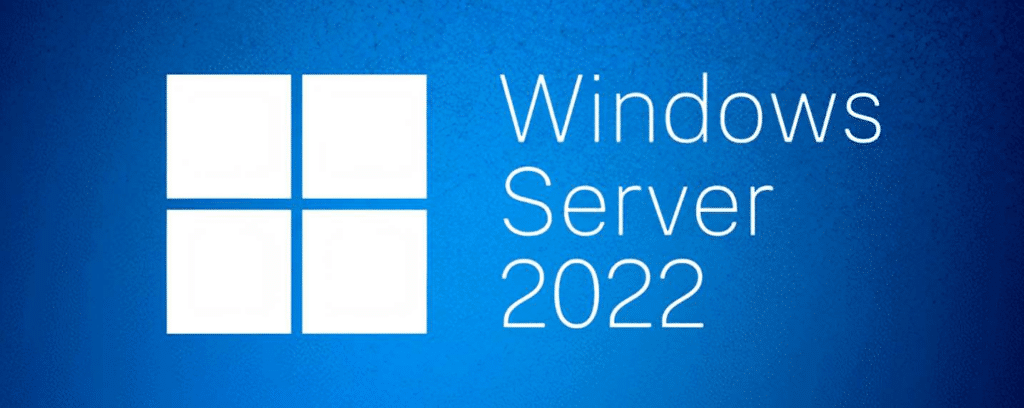Developed and marketed by Microsoft, Windows Server stands as a leading and extensively utilized server operating system in the computing realm.
Engineered to address the nuanced demands of large enterprises and data analysts, Windows Server boasts a broad range of features for efficiently managing the diverse elements of an IT infrastructure.
Since the release of Windows Server 2008 R2, marking the inception of a new breed of server operating systems aimed at enhancing network performance and setting higher security benchmarks, there has been a continual expansion in the suite of solutions provided, with updates and fresh editions consistently bolstering security and adaptability.
Spanning from the most recent Windows Server 2022 to earlier iterations and backward compatibility, Microsoft enables organizations operating on legacy versions, such as Windows Server 2008 R2, to confidently proceed in their technological journey. This compatibility supports a smooth transition to the latest technology, ensuring the uninterrupted functioning of existing processes.
History and Evolution of Windows Server
The saga of Windows Server commenced in the 90s with the debut of Windows NT 3.1 Advanced Server. Subsequent versions have introduced innovations, catering to the escalating needs of corporate IT. Windows Server 2000 was groundbreaking, introducing support for Active Directory infrastructures and revolutionizing identity and policy management. In 2003, enhancements in security and networking solidified Windows Server’s position as an essential enterprise server management solution.




The arrival of Windows Server 2008 and its sibling, 2008 R2, signaled a significant leap forward with advancements in virtualization, performance tuning, and security. Notably, Windows Server 2008 R2 demanded the use of 64-bit processors exclusively, mirroring the progression in hardware technologies.


As years passed, the Windows Server franchise embraced cloud computing, especially with versions like Windows Server 2012 introducing Hyper-V for enhanced virtualization, and Windows Server 2016, which fortified data security and hybrid cloud functionalities.


Windows Server 2019 pressed on with this emphasis, prioritizing hybrid cloud environments, cutting-edge security, and container technologies to align IT infrastructures with contemporary market demands.


The most recent, Windows Server 2022, pushes the envelope further with notable improvements in security, performance, and data management. This version includes features like secure network connections by default, advanced storage solutions, and improved support for hybrid and multicloud settings.


Windows Server and Data Management
Windows Server assumes a pivotal role in data management, equipping users with sophisticated tools and features for data storage, protection, and processing. Throughout its evolution, from Windows Server 2008 R2 to the current Windows Server 2022, Microsoft has persistently enhanced the server operating system’s capabilities.
Storage and Performance
Particularly, Windows Server 2022 incorporates cutting-edge storage technologies like Storage Spaces Direct and Storage Replica, delivering highly available and resilient solutions for software-defined storage. These innovations allow for agile and effective storage management, critical for handling large volumes of data and ensuring the smooth operation of essential applications. Moreover, the performance of the file system, especially with the ReFS (Resilient File System), is tailored for intensive data workloads, providing fast and reliable read/write operations.
Data Security
Security is crucial in data management, more so with the rising tide of cyber threats. Safeguarding data is paramount, and Windows Server 2022 elevates security protocols with features such as end-to-end encryption via TLS 1.3, alongside the bolstered security of the operating system with Windows Defender Advanced Threat Protection. These integrated defenses safeguard against unauthorized access and external risks, thereby preserving data integrity and privacy.
Virtualization and Cloud

In Conclusion
With its evolutionary versions and backward compatibility, Windows Server is a foundational element of contemporary IT infrastructures. Its suite of flexibility, efficiency, and security features makes it an esteemed choice among data professionals. As the technological landscape evolves, Windows Server continues to be a crucial facilitator in enhancing and streamlining enterprise operations.










